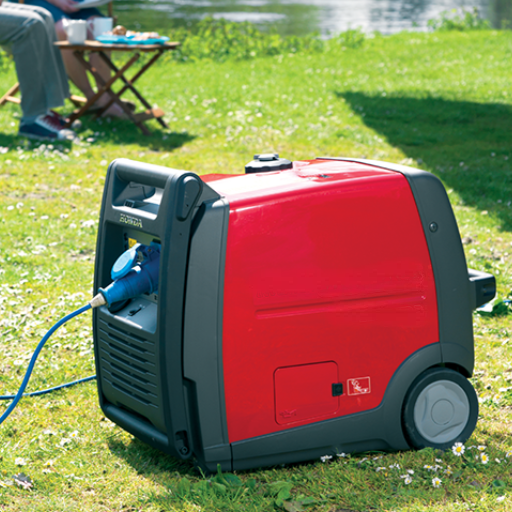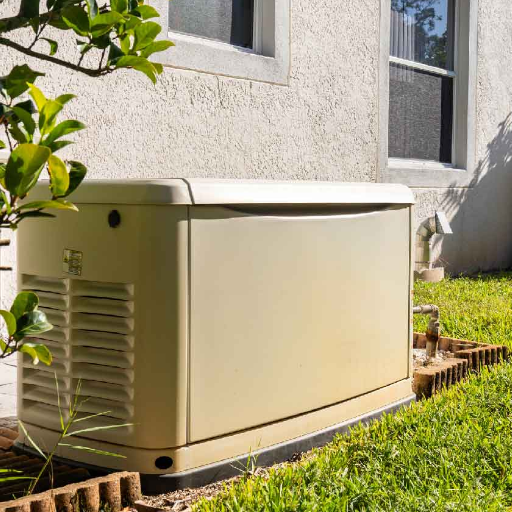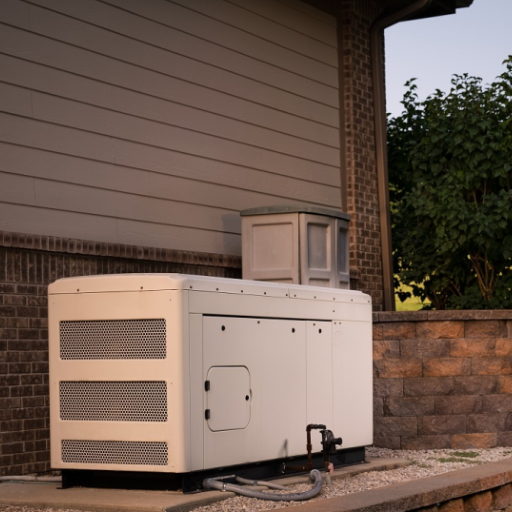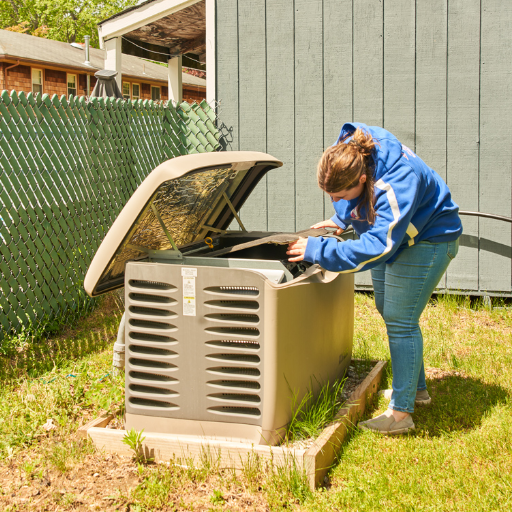When unexpected power outages strike, having a reliable backup generator can make all the difference in maintaining comfort, safety, and functionality. This guide provides a detailed overview of top backup generators currently available on sale, helping you make informed decisions for your energy needs. Whether you’re looking for a compact generator for essential appliances or a high-capacity model capable of powering your entire home, this article will highlight the best options on the market. By examining features, specifications, and pricing, we aim to equip you with the knowledge necessary to invest in a generator that matches your requirements and budget.
What types of new generators are available for sale?
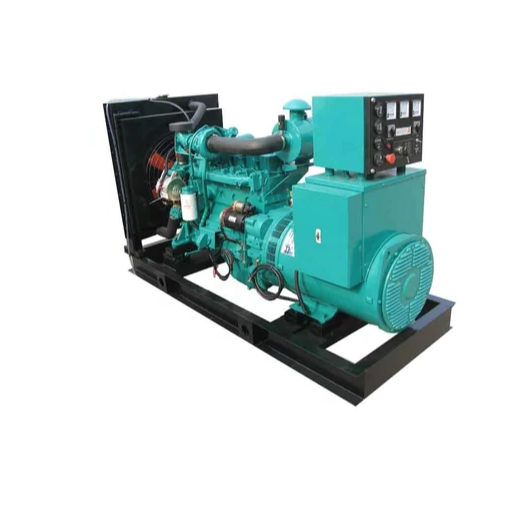
Portable generators: Versatility for various needs
Portable generators are multifunctional devices that can serve as home backup systems, power generators for outdoor activities, or be used on construction sites. They are ideal for the job on hand as they can be moved around with ease and also set up in a matter of minutes.
- Wattage Output: The standard portable generators will range anywhere between 1,000 watts to 10,000 watts. A unit with a wattage of 3,000 to 5,000 would be more than sufficient for powering essential appliances when faced with an outage.
- Fuel Type: While gasoline is the most used fuel for portable generators, some advanced models support dual-fuel capability in both gasoline and propane, which makes them more convenient.
- Run Time: At 50% load, a good model should provide a minimum of 8-12 hours of run time at a stretch. Doing so would ensure that there is no need for constant petroleum refills.
- Noise Level: Especially for residential use or on camping trips, quieter generators that regulate their noise level below 70 dB are highly preferred.
- Safety Features: For the unit to provide a reliable and safe operation, make sure it has a protection mechanism against overload and low-oil shut-off.
By evaluating these factors, you can determine whether a portable generator matches your power needs without overcomplicating the setup or logistics.
Standby generators: Automatic backup power for homes
Standby generators are installed in homes and provide backup power automatically in case there are outages. They run on a steady supply of fuel gas or propane, and as such they are connected directly to the electrical system of the home. When looking for the right standby generator, I look at various essential technical specifications such as:
- Power Capacity: I sum and estimate the wattage of your vital appliances and systems to find a generator that covers your consumption. The range for standby generator sizes is typically between 7 kW and 20 kW. A 10 kW generator would be ideal for a smaller home, while larger homes will need units above 20 kW.
- Transfer Switch: I always look for an automatic transfer switch (ATS) within the generator. This part will automatically cut the supply of power from the grid to the generator during an outage and vice versa. The ATS should have a rating capable of my maximum electrical load.
- Fuel Type and Consumption: I further investigate the availability and cost of fuel options in my area—natural gas, propane, or diesel. Propane is a good alternative if there are restrictions placed on natural gas usage. The fuel consumption for a backup generator while on full load is between 1.5 to 3 gallons per hour which is normal.
- Noise Levels: I check the rated decibel (dB) level of the generator because in most cases, residential zones need a lower level noise emitting generator that operates fully at 65-70 dB or lower while in use.
- Installation Requirements: I also ensure that there is enough room and airflow in the area in which the generator would be installed. This would mean having a concrete pad and following local regulations regarding distances to windows or property lines.
By addressing these factors and selecting a generator that balances capacity with efficiency, I ensure uninterrupted power for my home without overspending or compromising safety.
Inverter generators: Clean power for sensitive electronics
In the case of inverter generators, their main benefit is the clean and stable power they deliver, which is a requisite for sensitive electronic devices like computers, smartphones, and medical equipment. Conventional generators give power comprising of varying voltage and frequency levels which, over time, can hurt sensitive devices. In contrast, modern inverter generators employ technology that uses a two-step process of converting AC to DC, and then inverting it back to AC, after ensuring that the processes put forward do not include harmonic distortion.
- THD (Total Harmonic Distortion): Most inverter generators are capable of having a THD of less than 3% which ensures electronics’ safety as such appliances need the power to be as pure as possible.
- Noise levels: Moreover, these devices are comparatively quieter, functioning at 50-60 dB which is acceptable in residential and camping settings.
- Fuel efficiency: Inverter generators use variable-speed engine control technology which allows the engine to be altered depending on the load which increases fuel efficiency.
Considering these factors, I have identified a power source that, in addition to meeting my energy needs, ensures the protection of my highly sensitive devices.
How do I choose the right generator for my home?
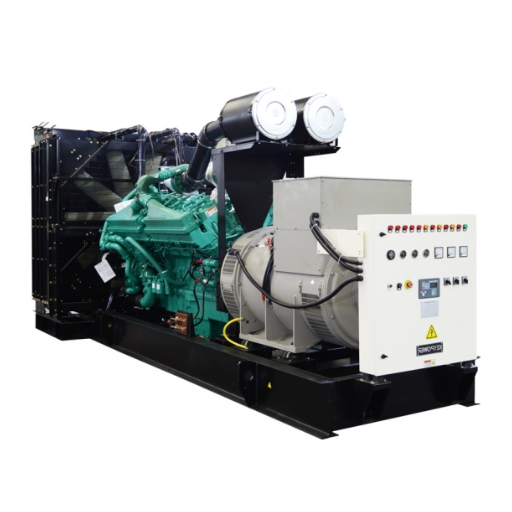
Assessing your power requirements
In estimating my power, I attempt to add the total wattage essential to operate the appliances and devices during an outage. This is inclusive of both the starting (surge) wattage and the running wattage of each item. Let us take a sample refrigerator, so it will have 1200 watts for startup but 200 watts to run the system. Some of the items I consider are lighting, heating or cooling devices, communication devices, and even medical appliances.
- Running Wattage: This value indicates the total wattage essential to run a device throughout the day. A wide range of household appliances should have this value that is specified either in the product label or its manual.
- Starting Wattage (applicable to specific devices): Several household items, including refrigerators and air conditioners, will draw more power than usual when they are turned on. This is something I make sure my generator can deal with.
- Total Wattage: By calculating the running wattage of appliances that I desire to power simultaneously, I can establish the required baseline. The appliances with surge wattage will require added considerations, therefore, I account for them too.
Combining this information allows me to find a generator that has a 10-20% greater power output than what I calculated. This prevents overloading and facilitates stable operation.
Fuel options: Gas, propane, or dual-fuel generators
In case of choosing fuels for my selection, I consider gas, propane, and dual fuel generators, looking at their peculiar features and technical advantages:
- Gasoline Generators: These are usually purchasable from many places at a cheaper price than competitors. Gasoline burns efficiently while offering astonishing output. Gas has a shorter shelf life (about 3-6 months untreated) plus gas can be scarce during emergencies. Also, gas emits higher emissions than its competitors.
- Propane Generators: In comparison with gas, propane burns cleaner and offers a longer shelf life (indefinite when stored properly in pressurized tanks). On the downside, propane generators typically have slightly less energy output (around 10-15% lower efficiency) than gasoline models plus, they are dependent on having stocked propane tanks and fittings.
- Dual Fuel Generators: Clean energy: storage convenience. Higher immediate output: heat energy. With these options, I can decide what fuel to choose and generators of this type are sold at higher prices than regular propane and gas models. Why do they justify the price? Because of the diversity of dual-fuel generators. These provide flexibility on which fuel to use, allowing users to choose propane or gasoline.
The crux of my decision rests on managing energy demand, fuel supply, and long-term storage. For instance, if independent operation from the grid is crucial along with storage longevity, my requirements would be met with a dual-fuel generator that runs on propane.
How much do new generators typically cost?
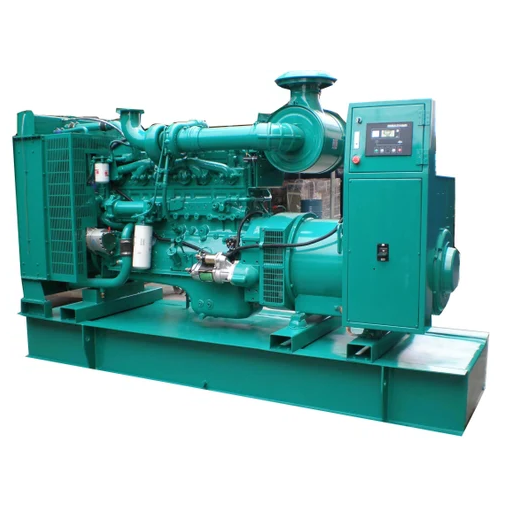
Investment in standby generator systems
Standby generator systems are pricier than portable generators, but they provide great benefits in reliability as well as automated operations. From my research, the cost of a new standby generator stems from $2,000 and goes up to $10,000 depending on the power output and features. In addition to that, installation prices can range from $3000 to $5000 on account of wiring, placement, and transfer switches that are required.
- Power Output: For residential purposes, standby generators are typically from 7 kW to 22 kW. I would base the kW on my requirements; however, I would make sure that my HVAC, refrigeration, and lighting evaporate simultaneously.
- Fuel Type: These systems traditionally operate using natural gas or liquid propane. If a supply line was available, gas served as a stronger propane alternative because it acts as a reliable fuel source. However, for areas lacking a gas infrastructure, propane serves greatly as it provides good storage flexibility.
- Automatic Transfer Switch (ATS): A major element to guarantee smooth operation during outages: is the ATS. I would make sure that the generator comes with a proper ATS so my electrical load can be transferred without manual action.
- Noise Level: Depending on the model and enclosure design, most elapsed standby generators operate between 50-70 dBA which is on par with regular home conversations.
- Sustains Maintenance Efforts: Elements like remote monitoring and corrosion-resistant enclosures can greatly enhance the robustness of the system AND reduce long-term maintenance efforts due to extreme weather conditions.
By focusing on these technical requirements, I am confident that my energy needs will be adequately met and the system will function optimally in the event of an emergency.
Factors Affecting Generator Pricing
As with anything, misunderstanding the following determinants can lead to an uninformed purchasing decision:
- Power Capacity and Output: The total power the generator can output dictates its price. Appliances and systems require a varied kilowatt range to operate, resulting in higher power generators being more expensive. For instance, standby power generators between 7 kW and 22 kW cover most residential opportunities while devices used for commercial purposes can surpass more than 50 kW.
- Fuel Type and Efficiency: Each fuel source, be it natural gas, propane, diesel, or gasoline, has its own unique cost set both in terms of upfront fees along long-term operational expenses. For example, systems using diesel fuel are often viewed as expensive due to their sturdy construction, yet they offer amazing dependability and high efficiency leading them to be an excellent fuel type.
- Load Management Features: Apart from construction and fuel type, previously mentioned advanced features such as load-shedding capabilities or automatic transfer switches have the potential to further increase the price of a generator. It cannot go without saying that such enhancements offer the ability for efficient dependable power management during operation.
- Build Quality and Materials: Alongside the powerful auto-switches, devices accompanied with high-grade internal components along with durable and anti-corrosion enclosures are usually eye-watering and expensive. These materials do offer great returns on investment, however, increasing the device’s reliability in harsh environments along with boosting the generator’s lifespan.
- Installation and Upgrades: Whenever needing professional installation, one must factor in the cost of panel upgrades and wiring as these fees can make the entire service rather expensive.
- Noise Level Design: Sound-dampening enclosures to reduce noise and other advanced features increase the price of the product. Standby models of most products operate noisily at 50-70 dBA, but those with advanced features operate at lower noise levels, thus creating value.
- Warranty And Support Services: Available maintenance packs and extensive warranties can provide additional support, thus allowing improved performance and less downtime. These factors may affect the cost at the point of purchase.
Considering all these elements, I can figure out the balance between my energy requirement, budget, and those energy parameters.
What features should I look for in a new generator?
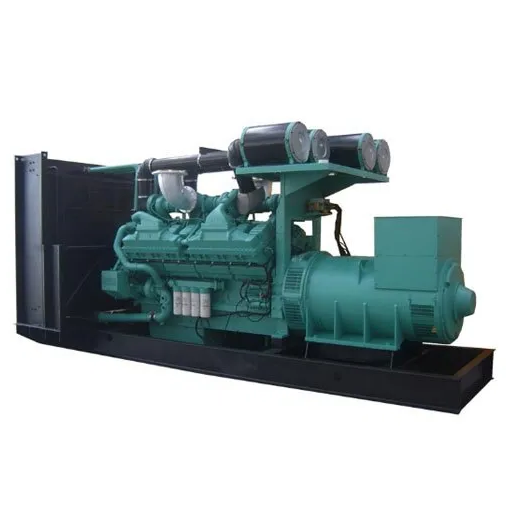
Wattage output and runtime considerations
I need to evaluate the generator’s wattage output as well as its run time to ensure it meets my energy requirements.
- Wattage Output: It is crucial to ascertain the total wattage of all the devices that are to be powered. Household appliances like refrigerators, lights, and air conditioners, for instance, can require from 3,000 to 7,000 watts. A starting wattage generator is needed for powering all these devices which will also help to avoid overloading the device.
- Runtime: At the same time, the generator’s fuel consumption must be assessed alongside its other factors. In particular, for prolonged use, a generator with a run time of at least 10 – 12 hours at a 50% load will do. Such generators are ideal for emergency and overnight uses since they will require fewer refuel interruptions.
Taking into account all of these components alongside my individual needs will allow me to factor in their technical requirements by adding load capacity along with fuel consumption rates. This is my condition for choosing a reliable, efficient, and cost-effective generator.
Electric start and remote operation capabilities
Generators nowadays are equipped with electric start and remote control features that increase efficiency and make them much easier to use in emergencies or situations where manual operation might be difficult. An electric start system eliminates the need for a pull starter, allowing users to start their generators at the push of a button. This feature is particularly beneficial for older adults or people with disabilities since it greatly increases the ease of use.
Modern generators often come with remote control and smartphone applications that allow users to operate their generators from a distance. This feature is especially useful in industrial environments, during harsh weather, or on huge properties where access to a generator is difficult.
- Battery type and lifespan: Electric start systems utilize batteries, so consider integrated models with long-lasting rechargeable batteries for extended use.
- Where Do Start Systems Remotely Work: Standard ranges for remote start systems vary anywhere between 50 to 300 feet, and Wi-Fi or Bluetooth-enabled models to offer virtually unlimited range through a smartphone connection.
- Compatibility with Auto: Transfer Switches: The generator must be able to support an auto transfer switch for backup power systems to function seamlessly.
- Weather resistance: Remote operation systems ought to be weatherproof or sufficiently sealed to withstand outdoor conditions, or else, failure is guaranteed.
Making sure to address these questions and ensure that the specifications of the generator cater to personal needs will improve reliability, usability, and overall operational efficiency.
Transfer switch compatibility for whole-house power
While assessing transfer switch compatibility for my entire house power system, I make certain that my generator can accommodate the total volumetric load of my house which includes the starting and running wattage of critical systems. For smooth integration, I check whether the generator is capable of an automatic transfer switch (ATS), which is necessary for automatically changing from grid to standby supply without a human operator.
- Generator Output: Ensure that the installation is designed to meet the output requirements ( e g from 10,000 to 20,000 watts for most home use).
- ATS Compatibility: Check that the generator model is preconfigured or has optional ATS system interfaces with two hundred amp ratings which is the standard for most residential service panels.
- Voltage Configuration: The typical requirement for American households varies, but the generator should output 120/240V.
- Frequency Stability: Ensure that sensitive electronics and appliances are fully supported with active power injected at 60 Hz.
About these specifications, I am certain that the generator is of adequate size and power to supply power to my entire house in the event of an outage.
How do I maintain my new generator to ensure long-term reliability?
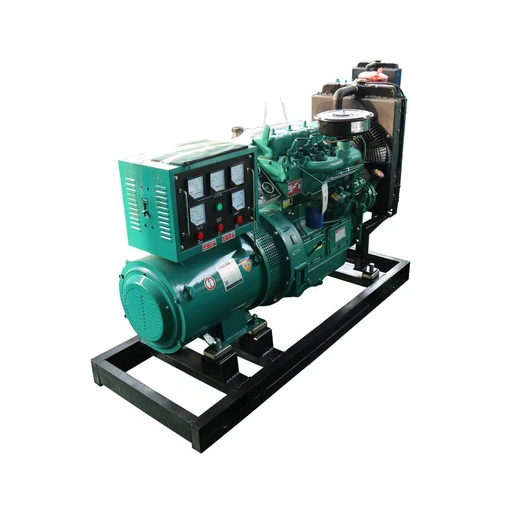
Regular maintenance schedule for optimal performance
To sustain reliability and performance from the new generator over time, it is crucial to keep any relevant maintenance in check. Following the guidelines therefore suggests the correct methods for both achieving peak performance and ensuring adequate maintenance measures are taken.
- Oil Change: In the case the new generator is used between 20-30 hours, the engine oil will need to be changed. Subsequently, the oil will need to be changed every 100 hours or annually. As a general guideline, high-quality SAE 10W-30 or 5W-30 synthetic oil is recommended.
- Air Filter Inspection and Maintenance: Perform new generator air filter cleaning every 50 hours of operation, replacing it at least once a year or as needed (dependent on proper combustion and airflow).
- Spark Plug Trim Maintenance: The new plug will need to be cleaned every 100 hours with replacement occurring every 200 hours after initial installation. Alignment gapping should be adjusted as deemed appropriate.
- Fuel System Care: All fuel used for maintenance purposes should be fresh and of the correct grade for the generator. It is advisable to avoid fuel older than 30 days and, if necessary, drain the tank and clean the fuel system at least once a year.
- Battery Charge (for models that allow electric start): It is recommended to keep battery charge above 12.6 volts, replacing the battery every 3-5 years as needed.
- Load Testing: Every three months after the purchase of the new generator, conduct a load test of 75-100% of maximum capacity. Testing to verify operation efficiency when under high demands improves system functionality and reliability.
- Cooling and Exhaust Systems: To avoid overheating and blockage, clean the cooling fins and exhaust outlets every 100 hours.
This approach, together with adherence to the generator’s technical specifications, achieves the goal of improving the efficiency and reliability of the generator across its operational life.
Proper storage and fuel management tips
For my generator to work seamlessly over time, proper storage and fuel management is essential. I clean the generator of all debris, dust, and moisture before storing it for a long period. Moreover, I store the generator in a way so that it is shielded from moisture and extreme temperatures while also ensuring it is placed in a well-ventilated and dry area. Furthermore, to prevent corrosion from the tank or fuel system, I make sure the generator is on a level surface as well as ensuring the fuel tank is completely drained or filled with fresh, stabilized fuel. For assistance, I add a fuel stabilizer to gasoline at the manufacturer’s recommended ratio of 1 oz per 2.5 gallons of gas.
I also make sure to run the generator until the carburetor runs dry to prevent varnishing and gumming closely before storing diesel generators. In terms of fuel lines, I check for leaks or any wear signs. Furthermore, if my generator has a removable fuel filter, I replace it according to the fuel rot intervals set by my manufacturer, either every 200 hours or annually. During phases of disuse, these measures help in preventing fuel degradation as well as contamination within my system.
If I follow this technical advice, then the problems that come with clogged carburetors, starting issues, and efficiency drops after long periods of storage will be taken care of.
Reference sources
Frequently Asked Questions (FAQs)
Q: What should I consider when shopping for generators for sale?
A: When you shop for generators, consider the power output (running watts), fuel type (such as tri-fuel or solar), brand reputation, and additional accessories that may enhance functionality.
Q: How does a portable inverter generator differ from a standard generator?
A: A portable inverter generator provides stable power with quieter operation and is usually more lightweight than standard generators, making it ideal for mobile use like RV trips or tailgate parties.
Q: Are there solar-powered generators available in the market?
A: Yes, solar-powered generators are available and are an eco-friendly option for power backup, especially for those who prefer a renewable energy source.
Q: Can portable power generators be used for job site applications?
A: Portable power generators can be used effectively on sites as they provide the necessary power supply in areas where electricity may not be accessible.
Q: What are the advantages of using a tri-fuel generator?
A: Tri-fuel generators offer flexibility by allowing the use of natural gas, propane, or gasoline, providing users with versatile and reliable power source options.
Q: How does one ensure the safe use of power equipment like generators?
A: Ensure safe use by following the manufacturer’s guidelines, keeping the generator outdoors to avoid CO buildup, and using appropriate accessories like CO detectors for additional safety.




